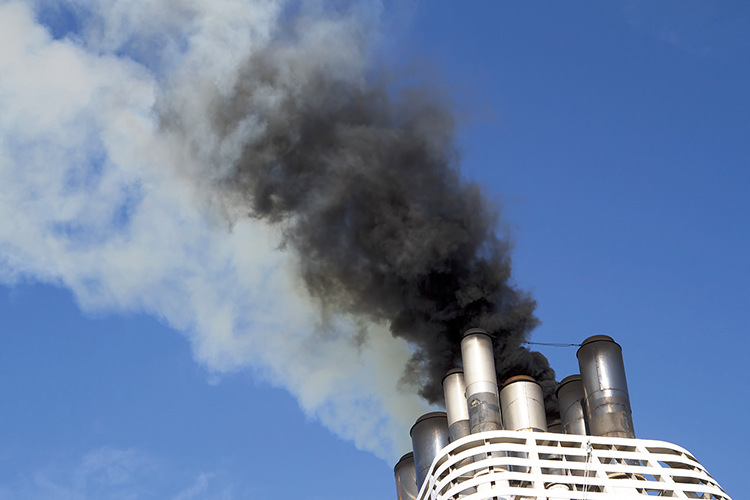

Marco Magrini considers whether climate problems can be fixed by geoengineering
Some experts believe that, someday, we’ll have to resort to tinkering with the planet’s climate. ‘If humans continue on the current emissions path,’ reads the Oxford Geoengineering Programme’s website, ‘and are unlucky and the climate response is large, amplified by feedbacks… it is possible that by deploying geoengineering we may be able to forestall these consequences and to protect critically vulnerable natural ecosystems such as the Arctic.’
Proposed solutions are divided into solar geoengineering (reducing incoming sunlight using sulphur particles being sprayed in the sky or with giant orbiting sunshades) and carbon geoengineering (removing atmospheric CO2 through afforestation, huge air-capturing systems or alkalinity enhancements to counterweigh the ocean’s acidification). The solution of planting many more trees is well known but not so well put into practice. However, all of the other ideas sound like a desperate last resort. If nothing else, they are marred by too many possible unintended consequences.
Researchers from Stockholm University who run two air-quality monitoring stations, one in polluted Bangladesh and one in the fairly uncontaminated Maldives, found that the pandemic-era economic slowdown caused a drop in pollutants over East Asia – tiny particles that float in the air that we breathe and are associated with 6.7 million premature deaths every year, according to the World Health Organization. The sudden disappearance of those aerosols raised the amount of incoming solar radiation by seven per cent, thus accelerating warming.
Carbon dioxide traps the Earth’s outgoing infrared radiation, while sulphur particles floating in the air have the power to shield us from the incoming solar radiation. In other words, while our carbon emissions have been heating the atmosphere for decades, our sulphur emissions have partially masked the dire climatic reality in the short term.
Maritime shipping is a big sulphur culprit. Huge ships are powered using ‘bunker fuel’, the last residual fuel left after distillation and other oil processing. It’s the dirtiest of them all, being loaded with sulphur, nitrogen and some nasty compounds. This is why the International Maritime Organisation agreed, at last, to reduce – from January 2020 – its fuels’ sulphur content from 3.5 to 0.5 per cent. It even reckoned that such a measure would prevent up to 570,000 premature deaths in five years.
Now, according to Leon Simons, a climate researcher and a board member of the Club of Rome in the Netherlands, the resulting lower sulphur concentrations in the atmosphere are likely the cause of the disturbing spike in ocean warming recorded in recent months. He wrote that ‘the unintended warming from reducing ship emissions could be as high as that of ten years of global greenhouse gas emissions, or a forcing change of about 0.45 watts per square metre’. (Climate forcing is the energy balance between incoming and outgoing radiation.) That change would be extremely bad news.
More Climatewatch columns from Marco Magrini…
This is what James Hansen, probably the world’s most outspoken climatologist, predicted a couple of years ago, arguing that ‘something is going on in addition to greenhouse warming’ and ending with a stark warning: a decline in aerosols could make global heating double its growth rate by 2040.
While we may ponder the unintended consequences of unintended consequences, the story doesn’t stop here. Maritime shipping is also responsible for another climate-forcing disaster: black carbon.
The exhausts of ships burning bunker fuel send black particles into the air, some of which settle onto snow and ice. Those tiny inky dots absorb energy from the sun while also dampening the albedo of polar ice – the amount of sunlight reflected by a body, measured on a scale from zero (black bodies) to one (white). Both phenomena are exacerbating local and global heating, and represent one of the feedback loops mentioned by the Oxford Geoengineering Programme.
They may be right. If we continue on this emissions path and things don’t go our way, one day, we may have to end up injecting sulphur particles into the stratosphere to dim the sun, whatever the associated consequences.
But let’s be honest. The dilemma isn’t whether or not we should be tinkering with the planet and its atmosphere. We already are.



